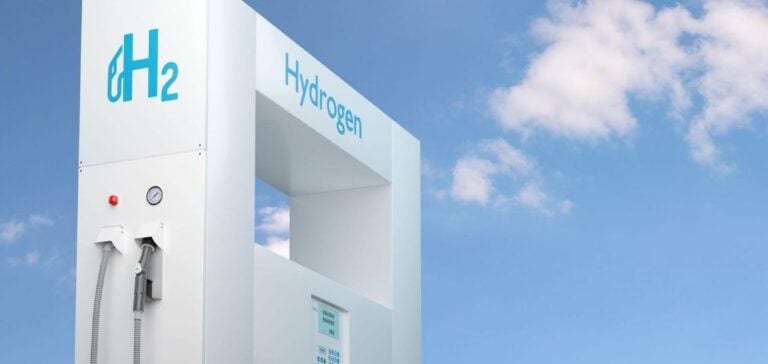The recent South Korean tender aimed at promoting low-carbon hydrogen energy under the Clean Hydrogen Energy Portfolio Standards has faced notable difficulties. Launched in May by Korea Power Exchange (KPX), the 6,500 GWh 15-year tender only selected one bidder, Korea Southern Power Co (KOSPO), with an award of 750 GWh/year, leaving a large part of the proposed capacity unsubscribed.
The main sticking point concerns the price ceiling set at 500 KRW/kWh ($0.35/kWh). According to Vince Heo, Associate Director at S&P Global Commodity Insights, this ceiling is perceived as too low to cover the high costs of low-carbon hydrogen, particularly ammonia co-firing, a key element in South Korea’s decarbonization plan.
Production costs exceeding expectations
To meet the ceiling of 500 KRW/kWh, the price of low-carbon ammonia would need to hover around $640/mt, still far from the submitted bids, which ranged between $700/mt and $800/mt, according to industry experts. Recent assessments by Platts, as of December 13, indicate a price of $455/mt for low-carbon ammonia delivered to Japan and Korea, up 2.48% month over month.
However, these prices remain insufficient to ensure project profitability within the South Korean context, marked by insufficient infrastructure and bottlenecks in the electrical transmission networks.
Restrictive clauses for bidders
In addition to economic challenges, contractual clauses have also been criticized. The presence of a take-or-pay clause, imposing purchase volume obligations, as well as the lack of foreign exchange rate indexation, complicates participation from foreign bidders. Moreover, the tight timeline, with operations expected by 2028, is deemed difficult to meet by industry players.
For Vince Heo, these constraints require a thorough revision of the tender design to stimulate participation. The supply chain remains underdeveloped, and additional government incentives are necessary to bridge the financial gap, he emphasized.
Outlook for future tenders
The South Korean government hopes that the upcoming tenders, scheduled for 2024, will attract greater interest through structural improvements. Park Chan-ki, a top hydrogen policymaker at the Ministry of Trade, Industry, and Energy, stated that the current tender played a key role in setting benchmarks for demand and pricing of clean hydrogen, an essential element for the sector’s growth.
According to forecasts from the 11th Electricity Plan, hydrogen and ammonia are expected to account for 2.4% of South Korea’s electricity production by 2030 and 5.5% by 2038. The ultimate goal remains to reduce national emissions by 40% from 2018 levels by 2030, with carbon neutrality targeted for 2050.
A strategy to reconsider?
In the absence of a strong response from the energy sector, the South Korean government may consider alternative solutions to meet its climate targets. These could include increased investments in solar and nuclear energy, although these alternatives present their own challenges.
Other experts suggest expanding tenders to include hard-to-abate sectors such as steel or petrochemicals, to stimulate competition and potentially reduce the costs of low-carbon hydrogen production.






















